Wetland Conservation > Coastal Habitat Enhancement cum Education Project at Sham Wat > Event Highlights
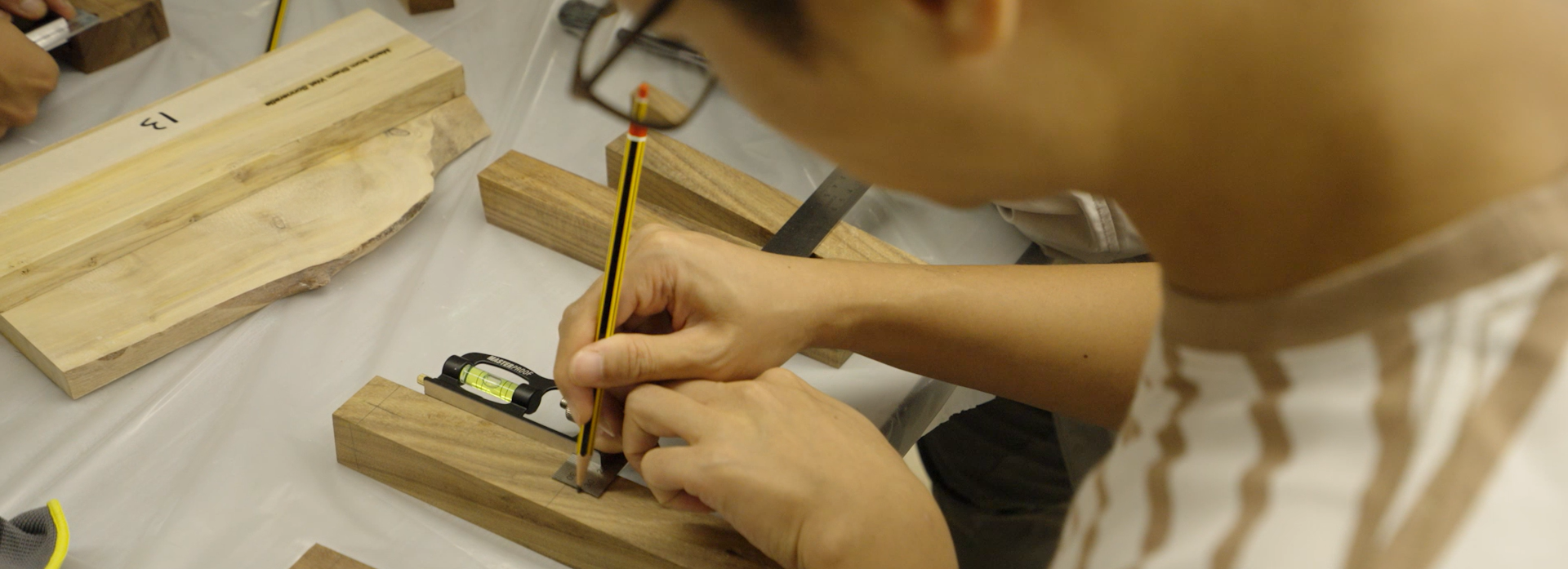
| Wiping out invasive Sonneratia with passion |
We carried out ecological surveys to record the number, location and height of native mangrove saplings, to assess the impact Sonneratia apetala has on Sham Wat’s coastal environment. Afterwards, we organised a seminar on mangrove forest management and Sonneratia apetala removal activities between December 2022 and January 2023, offering the public an opportunity to experience mangrove conservation work firsthand. 50 passionate volunteers joined us for the removals to improve Sham Wat’s coastal ecosystem; under the guidance of arborists, they worked together to remove smaller Sonneratia apetala trees, with a final tally of 40 trees.
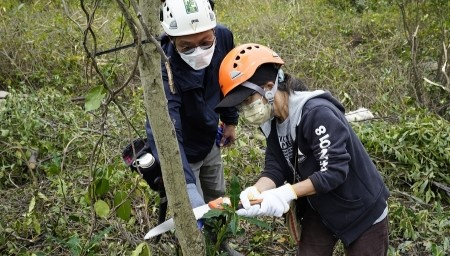 |
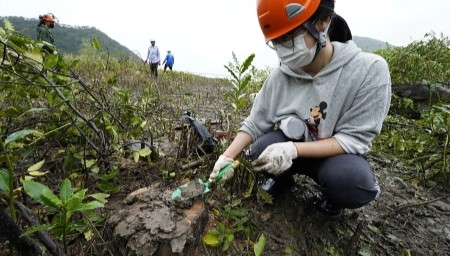 |
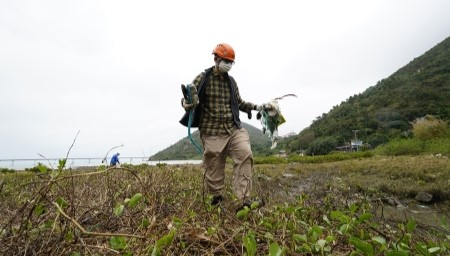 |
|
Volunteers used handsaws to remove the trunks of the Sonneratia apetala |
To inhibit the resprout of Sonneratia apetala by covering their stumps with soil |
Trash was spotted in the mangrove. Besides removing the Sonneratia apetala, volunteers also wrestled with cleaning the beach to improve the environment of the mangrove |
| Rubbish dotting the coast of Sham Wat |
During our surveys, we discovered that rubbish accumulated along Sham Wat’s coastline. As part of the mangrove conservation efforts, we carried out coastal cleanups with 15 volunteers in May and November 2023, removing up to 200kg of rubbish, respectively. We recorded the types and amount of rubbish as well, to contribute what we can to the wellbeing of Sham Wat’s coastal ecosystem.
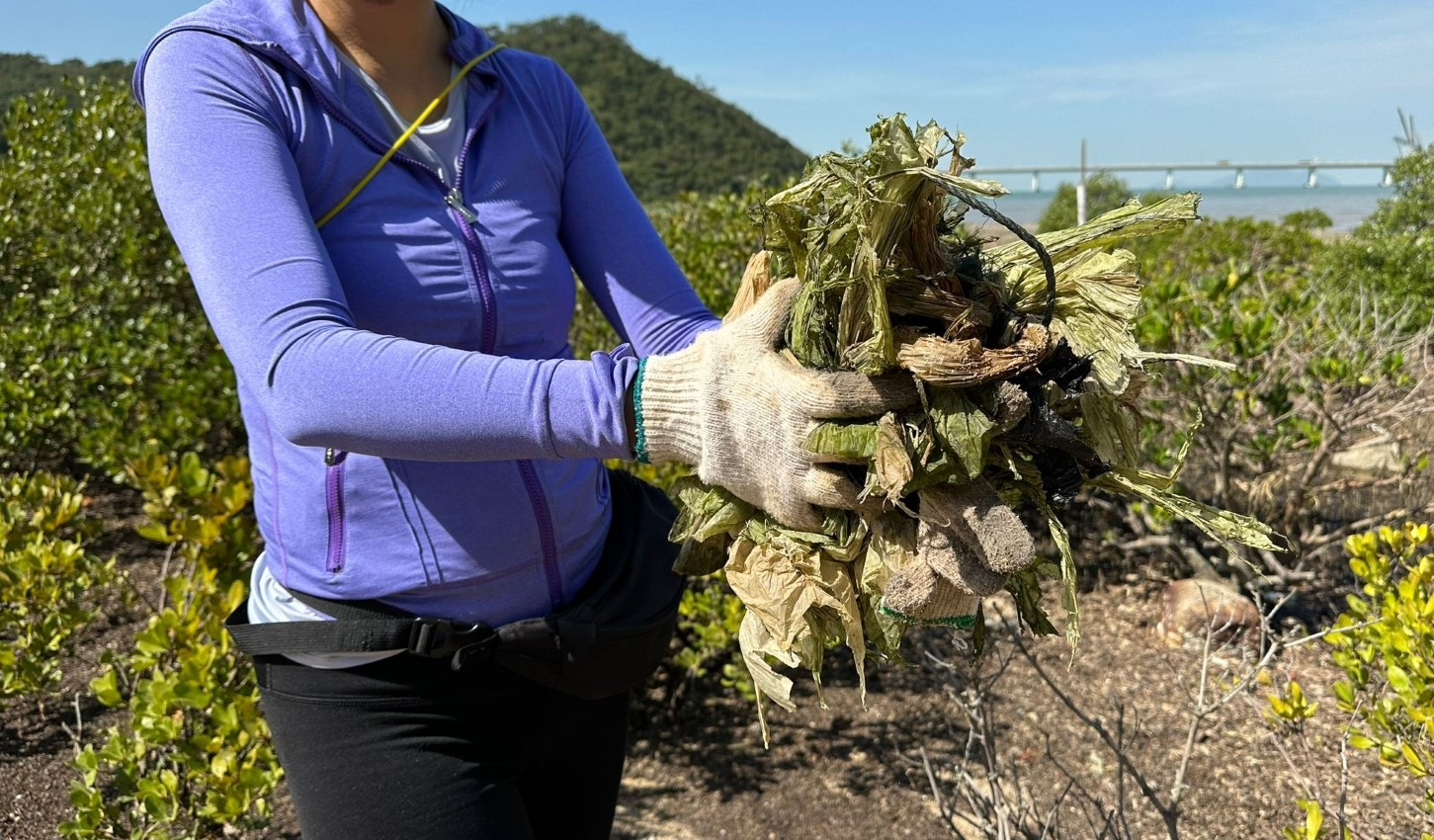 |
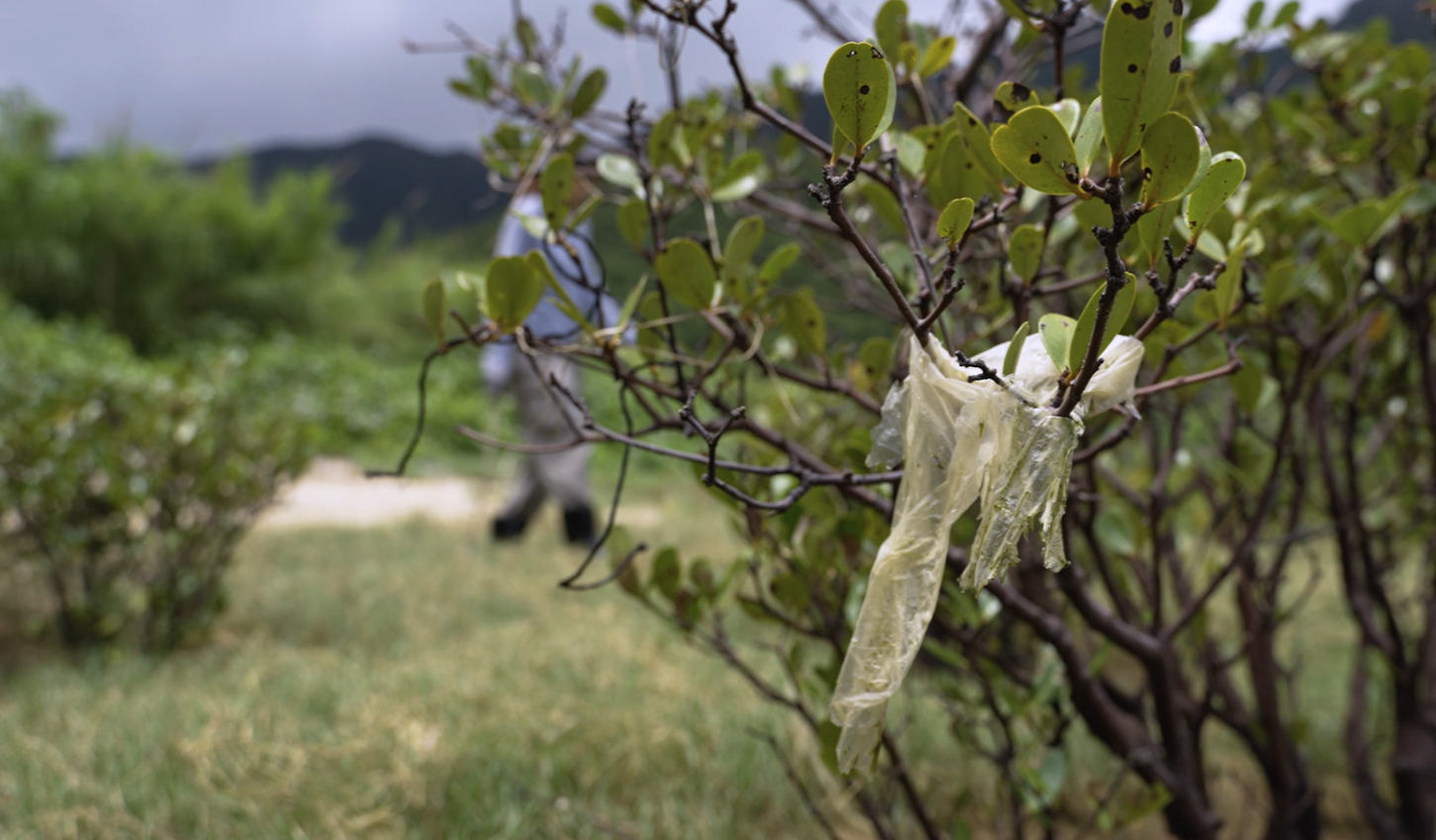 |
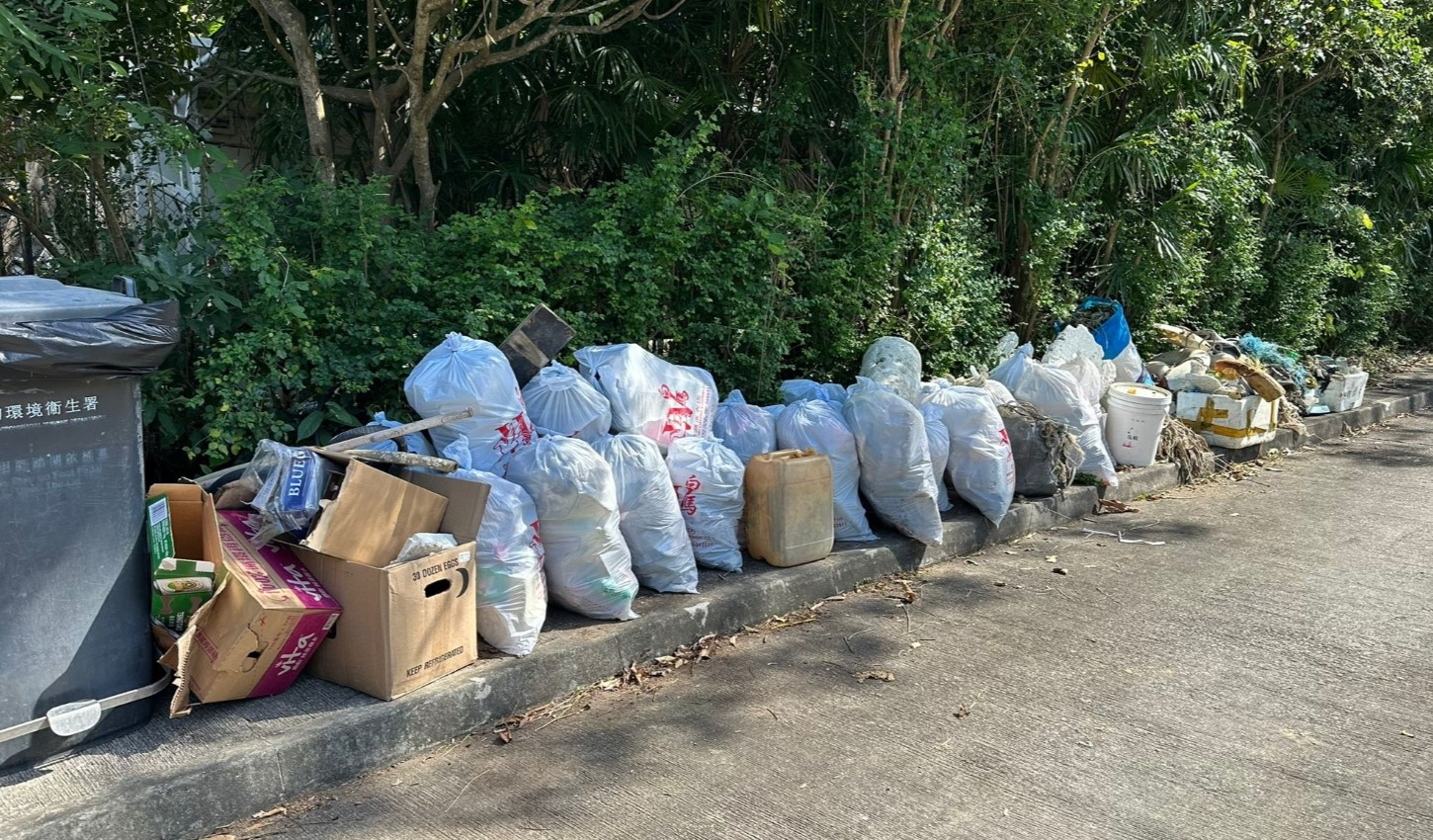 |
|
The discharge of rubbish into the sea eventually stranded along the coast and the mangroves |
The rubbish will entangle the mangrove and affect their growth |
With the help of volunteers, we were able to remove up to 200kg of rubbish in two coastal cleanup activities |
| Always a use for wood |
To use the trunks from the felled Sonneratia apetala trees, we held three wood upcycling workshops in July, October and December 2023. 45 participants created their own wooden chairs using raw materials from Sonneratia apetala and Taiwan Acacia, which they can bring home. Not only can this give the Sonneratia apetala wood a second life, but participants can learn more about the management of Sonneratia trees and wood recycling in Hong Kong, too.
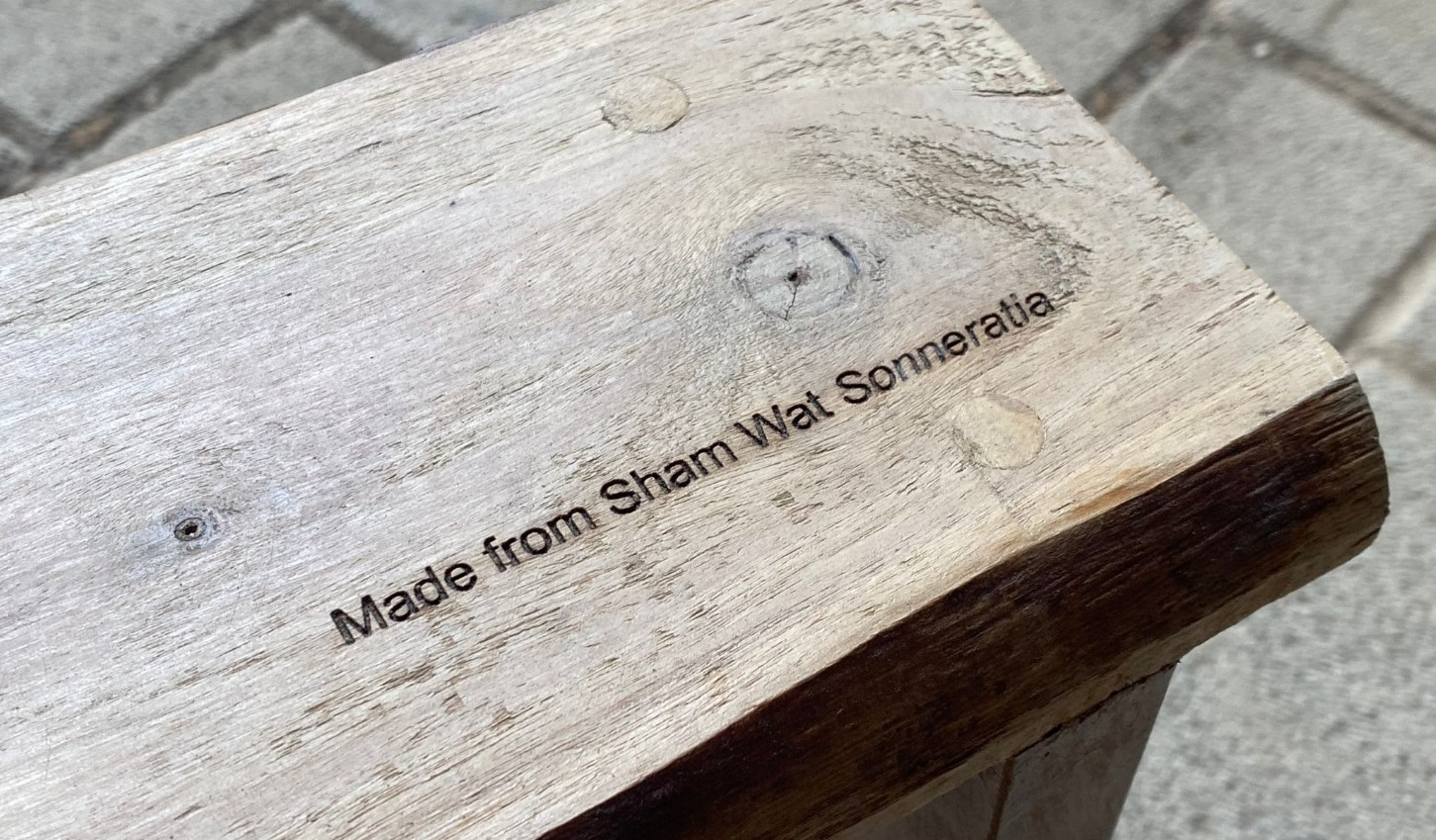 |
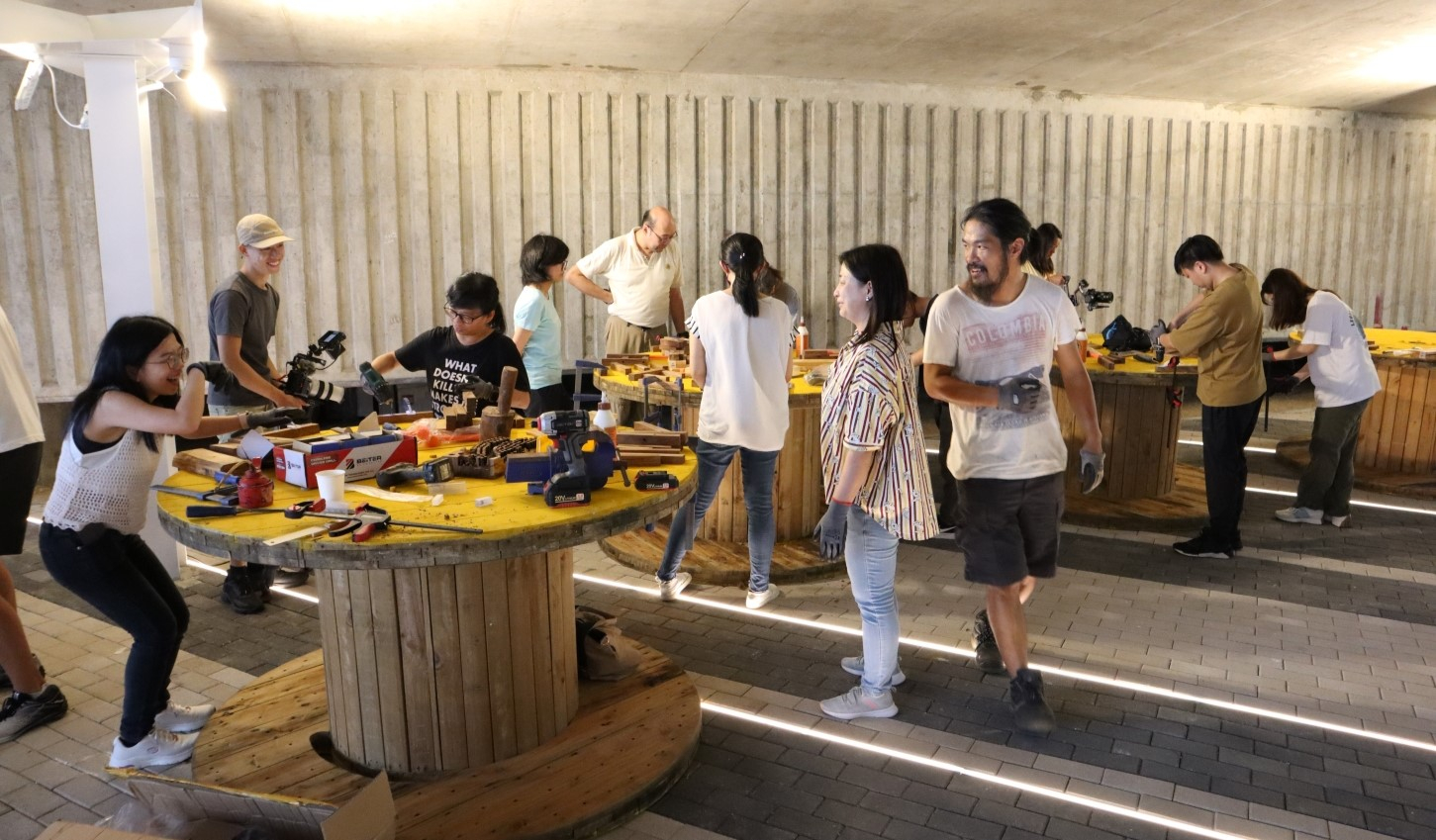 |
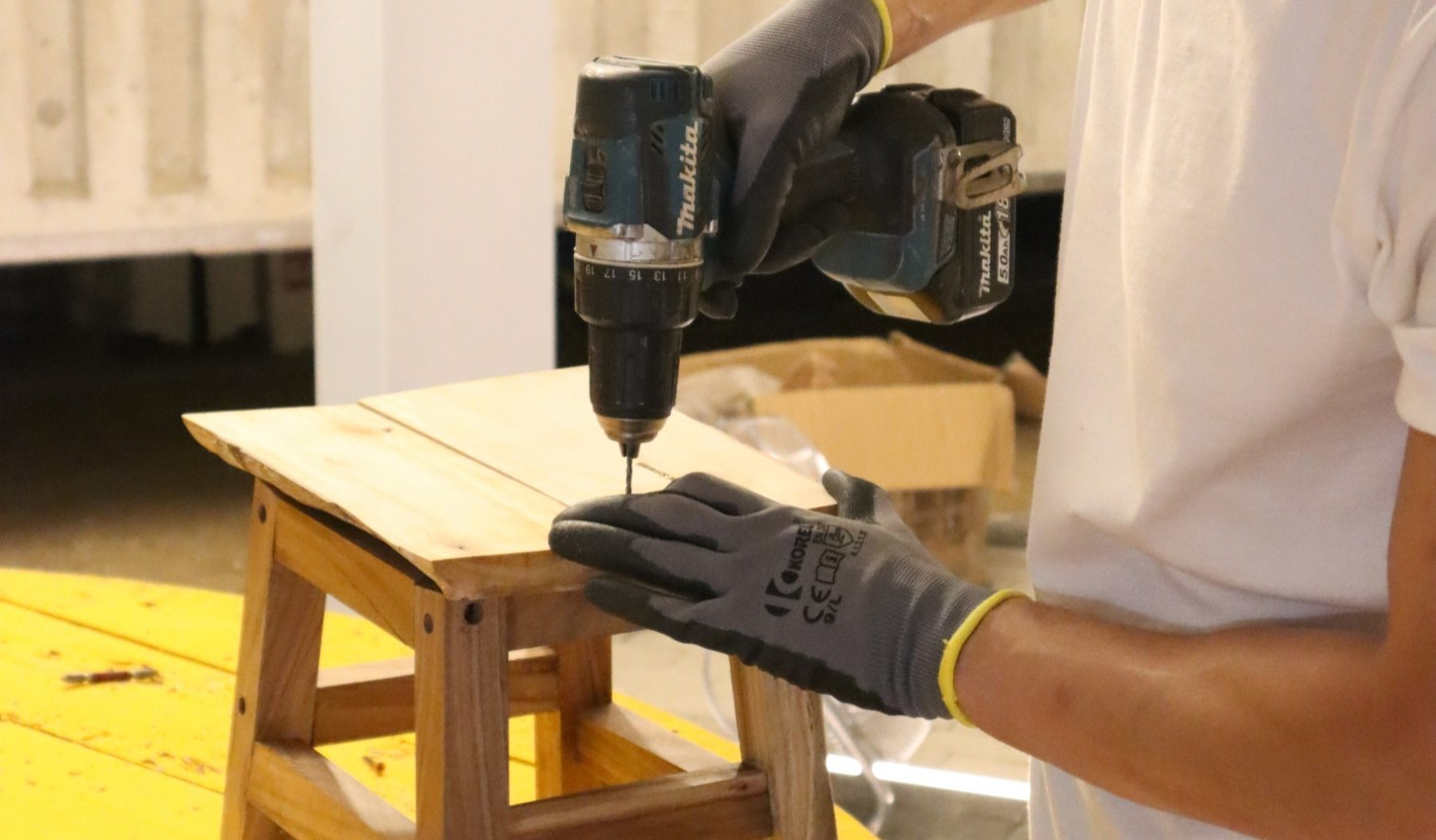 |
|
The surface of the wooden chair was made of Sonneratia wood |
Wood upcycling workshops |
Sonneratia apetala logs reborn through woodworking |
| Activity feedback |
A total of 195 publics were engaged in the project via various public engagement activities. Among the participants who completed post-event questionnaires (33% of total participants), an impressive 90.6% expressed their agreement or high satisfaction with the overall experience of the activity. Participants enthusiastically conveyed their appreciation for the opportunity to actively engage in conservation work, gain firsthand knowledge about the ecology and impact of the invasive Sonneratia species, understand the importance of mangrove habitats, appreciate the significance of wood upcycling, and gain awareness of the efforts made by Non-governmental Organisations to conserve mangroves, particularly on Lantau Island.
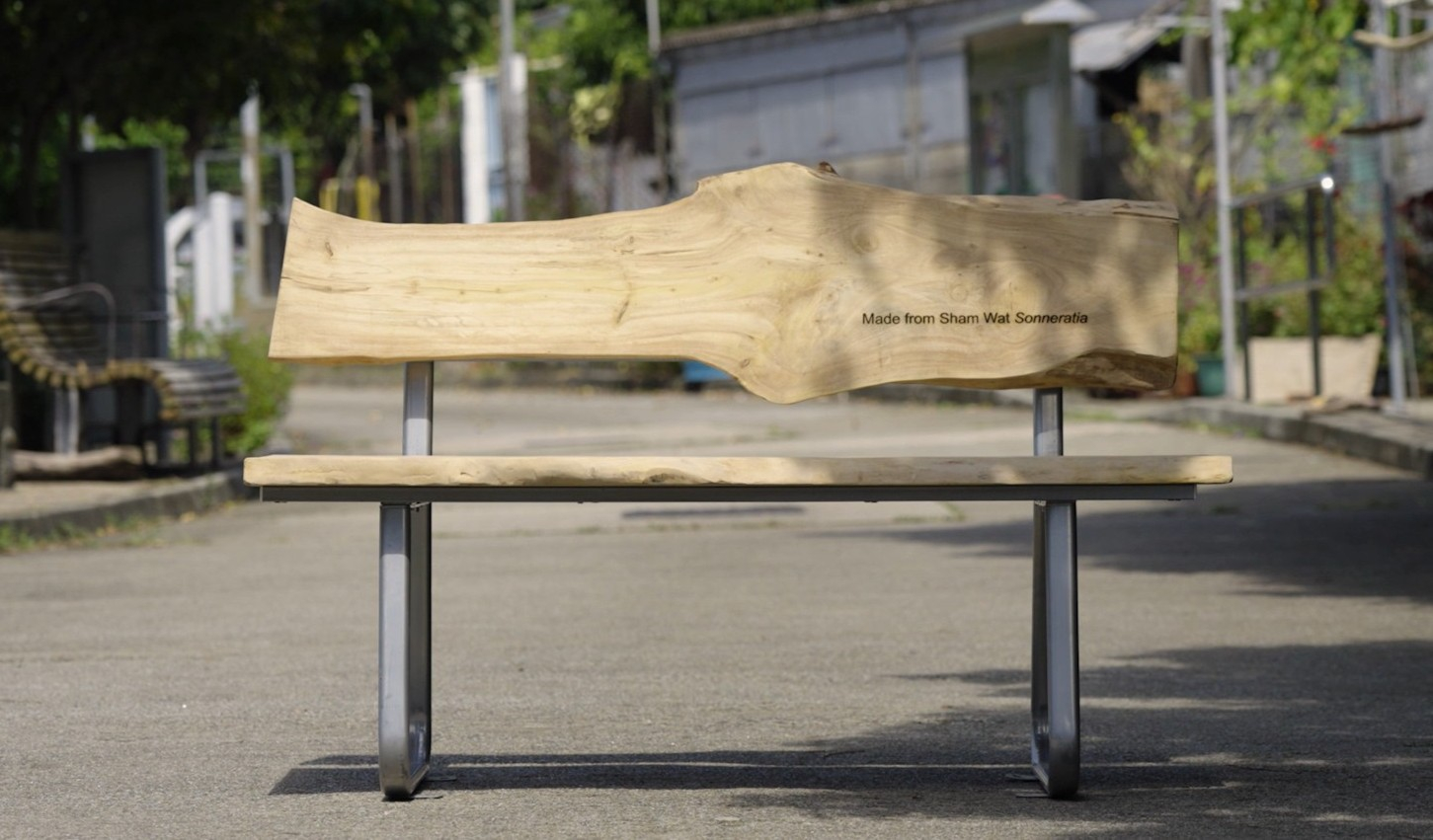 |
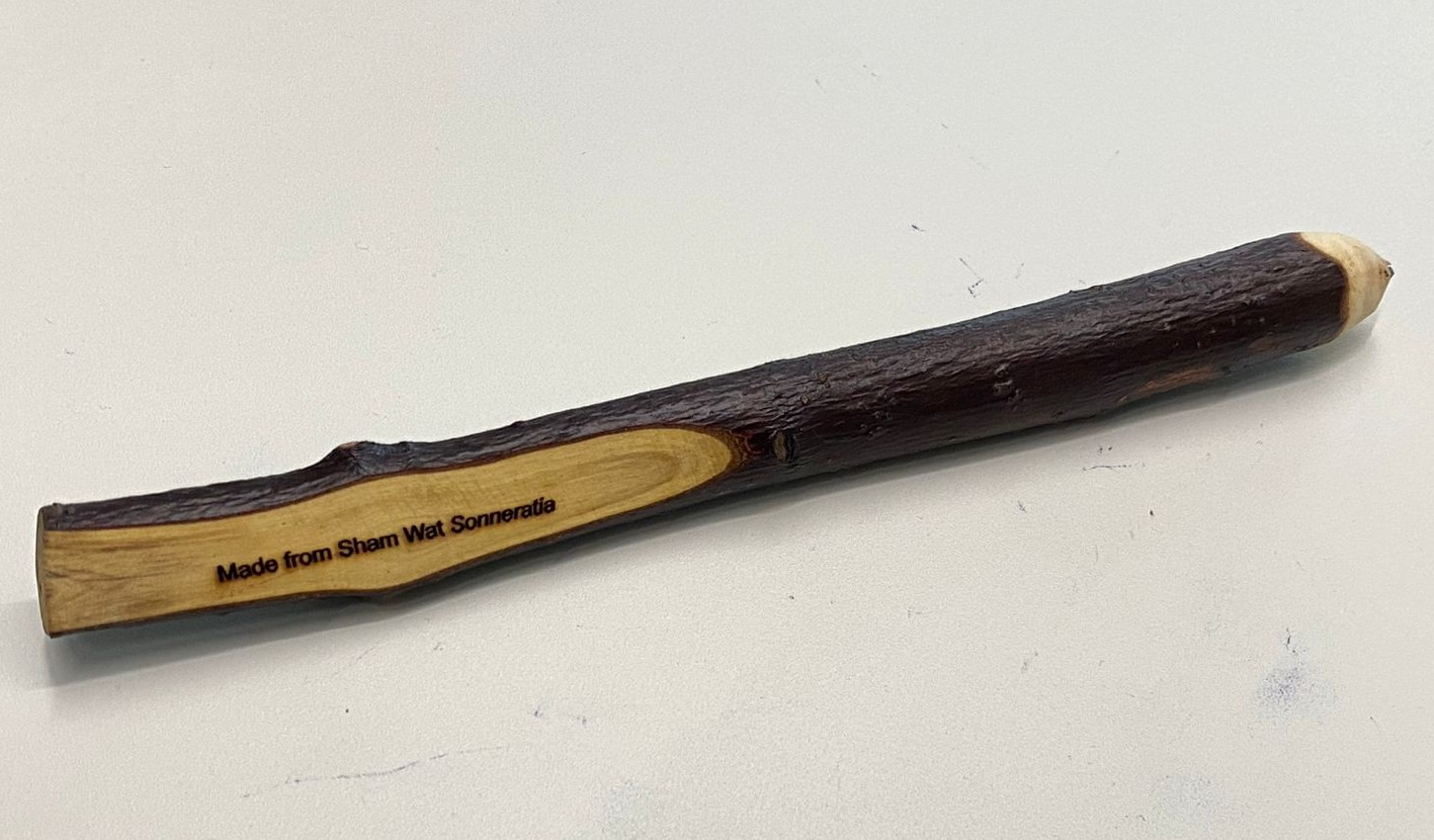 |
|
A wooden bench upcycled from Sham Wat Sonneratia wood waste were produced to give back to the Sham Wat community |
50 pencils were produced as gifts to the public to promote the project’s objectives to a wider audience |
| Event Highlights |
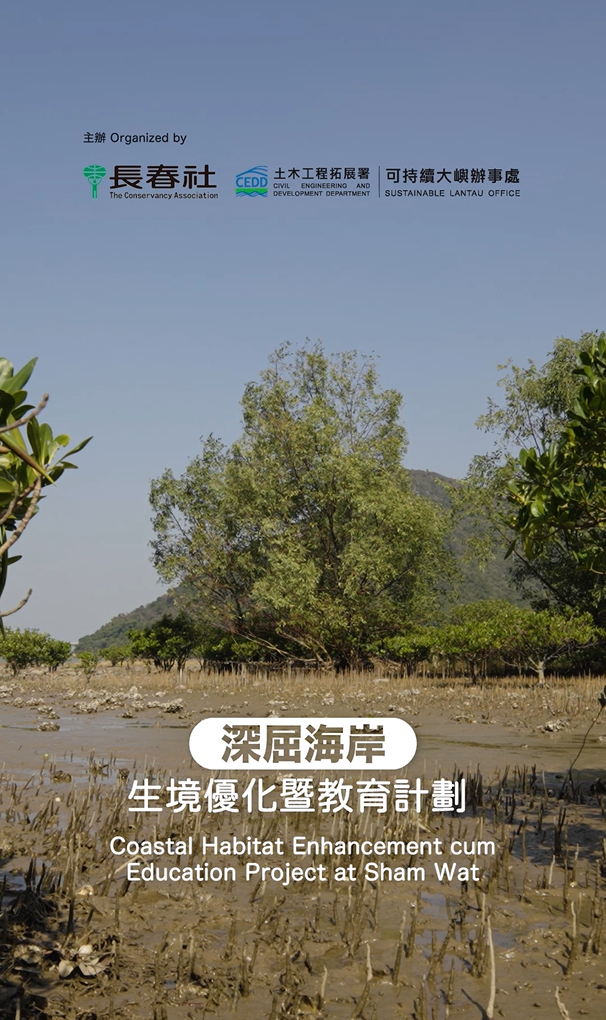 |
 |
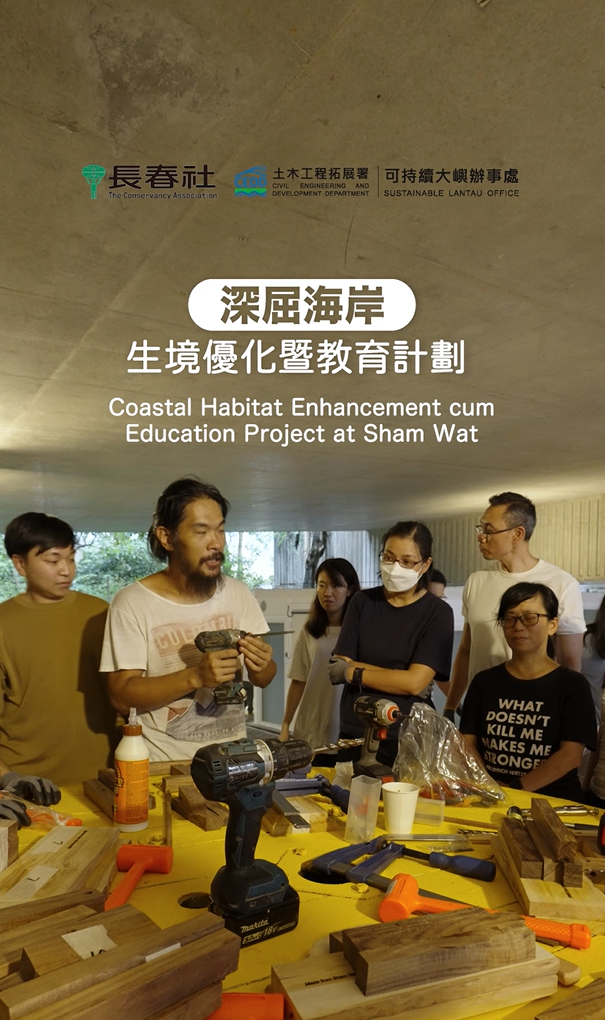 |
| Sonneratia removal | Coastal cleanup activity | Upcycling workshop |

